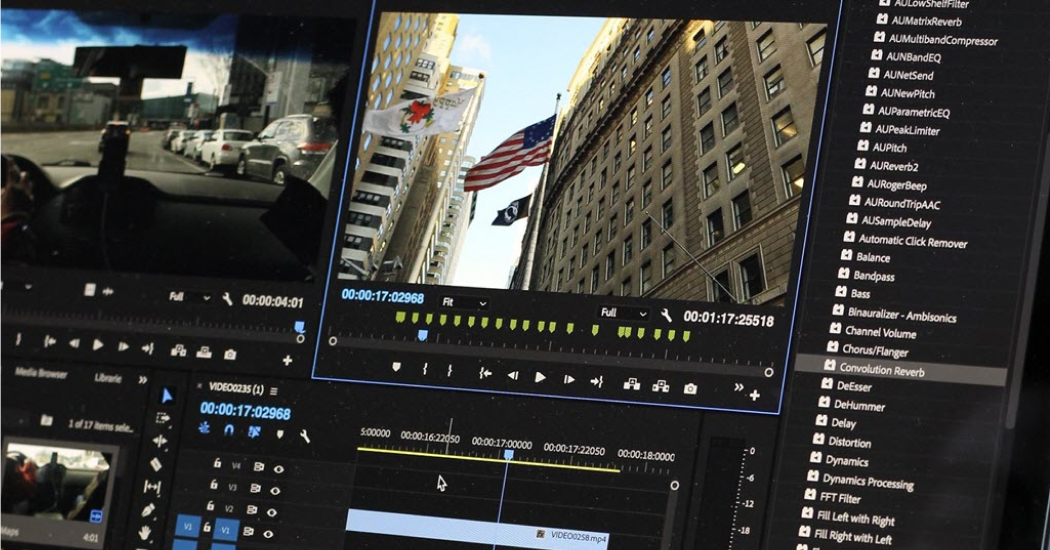A DTC Creative Action Plan: Rapidly Evolving Messaging During Coronavirus Turmoil

The coronavirus pandemic has called into question every aspect of advertising strategy in ways never seen before. It’s not your typical financial crisis – it’s a crisis with a call to arms. Within everyone there is a power to win – inspiring global voluntary action, all while many are suffering.
This is the new zeitgeist that informs your advertising. These are the social undercurrents that overnight make your communications relevant or not. Sound daunting? You bet it is. It’s time to spring into action.
Executing on a new or revised creative strategy is critical, and each week that goes by without action may result in your messaging being out of step with your market or, even worse, triggering a negative reaction. The marketplace problem you were solving in February may now be dramatically different in March, April and beyond.
Here is a quick framework for ensuring creative remains relevant today in the face of both known market changes and unknown medium-term pandemic effects.
Assemble and review every piece of creative
From banners to native ads and video for linear TV, OTT, Facebook and more, the immediate first step should be to read and listen to all creative. Is the tone and message OK for now or should it be immediately pulled? Any images of crowds, people interacting closely, strangers coming into a home – anything that clashes with the current zeitgeist of isolation and containment is a candidate for elimination or editing. If it’s humorous, is it the right humor for the time?
Creative will land somewhere on the “It’s OK for now” to “Nope, this has to go” spectrum. If you’re lucky some of your creative will fit well with the current environment – but don’t kid yourself into thinking it can’t be improved given what’s going on. The mood of two weeks ago is dramatically different from today, no matter what you are selling.
Identify a quick, clear set of changes to copy, editorial, voiceover and graphics and get the changes done pronto. This simple, fast, low-cost step will act as the stop-gap tactic.
Develop a medium-term efficient pivot if needed
Some brands will need to make more drastic changes to messaging. The solution here may be to develop a simple, flexible, fast and inexpensive concept that is also on-brand. For example, if your video units for linear TV, OTT, Facebook and YouTube are fundamentally not a fit, you might consider developing new spots using graphics, stock images, new voiceover and other fast, inexpensive components. It may not be ideal, but it’s better than being tone-deaf and facing a social media backlash.
There are certainly many examples of great simple concepts – some even make it into the Super Bowl, such as Google’s spot “Loretta.” A key advantage to these types of concepts is that you can iterate them quickly and efficiently as your market evolves; they are fundamentally flexible. If one thing is certain, it’s that we must now design uncertainty into our plans.
This step buys you time so you can execute on a more thoughtful strategy that will maximize advertising effectiveness as markets solidify into a new normal.
Execute a rapid study for message testing and attitude shifts
You might consider fielding a quick market study to better inform your efforts. It’s all too easy to speculate on what the best messaging strategy is. Market data efficiently collected can go a long way to enable smarter fast decisions when messaging needs to evolve more significantly.
Pick your top one, two or three segments and develop a questionnaire for distribution to available consumer panels. Test differences in attitude, messaging and more. Once the questionnaire is developed you can often have feedback in a matter of a couple weeks. Now you can make more confident decisions about your near-term strategy.
As you evolve and adjust your creative plans in the short term, rapidly execute new messaging into agile platforms that deliver immediate signals. Digital media is, of course, perfect for this. For brands with large investment in video – linear TV, OTT, Facebook and YouTube – testing within a programmatic OTT environment may be best.
Programmatic OTT can be used to receive immediate signals of results and can be optimized toward large-screen environments using cost per completed view. You can also use immediate “spike” measures of linear TV, but this may or may not be reliable in your situation.
Moving on parallel paths
Up until a few weeks ago, you could evolve your advertising creative on a cadence that tracked with launches, seasonality or other factors. Not now. All bets are off for all that hard work leading up to the week of March 9.
Welcome to a new season that is vastly unknown. The solution is to move on these parallel paths.
As you work through the short-term and medium-term steps, you will enable yourself and your team to more carefully evaluate exactly what you need to do with your brand, its messaging and the creative. This ultimate path will resemble a more traditional process – but you will be venturing into new territory with regard to how your brand engages with your markets.
Just know that you aren’t alone. Businesses around the world, large and small, are faced with the same fundamental questions. And those that act fast will help ensure the well-being of their business, people and, by extension, communities.
